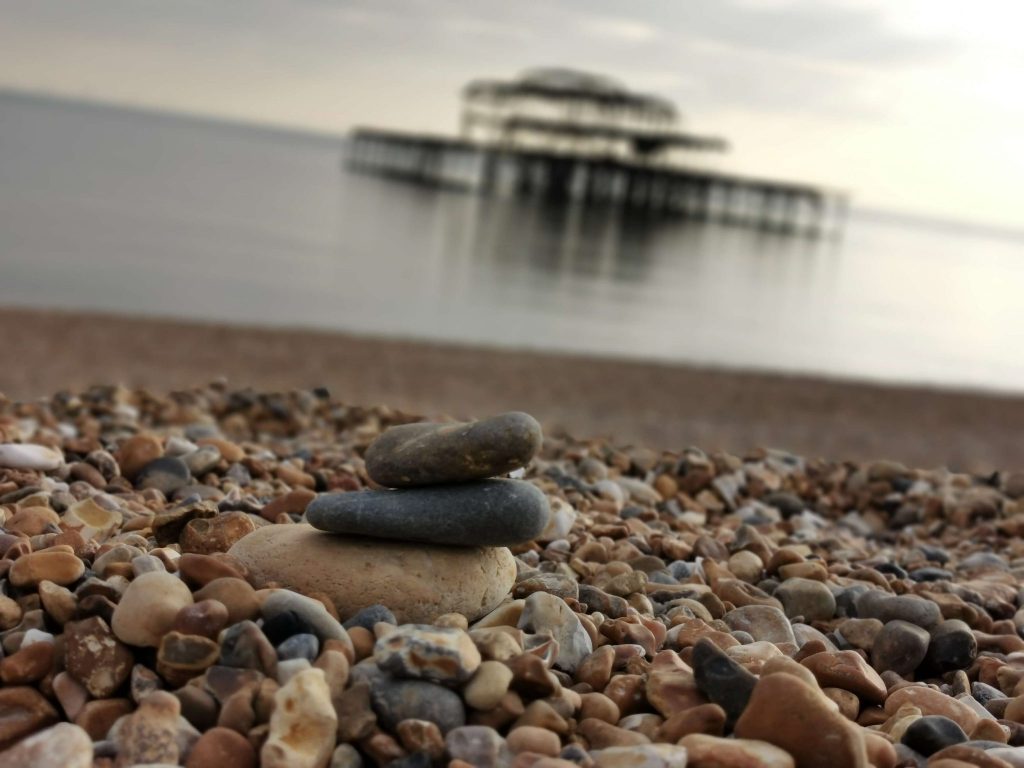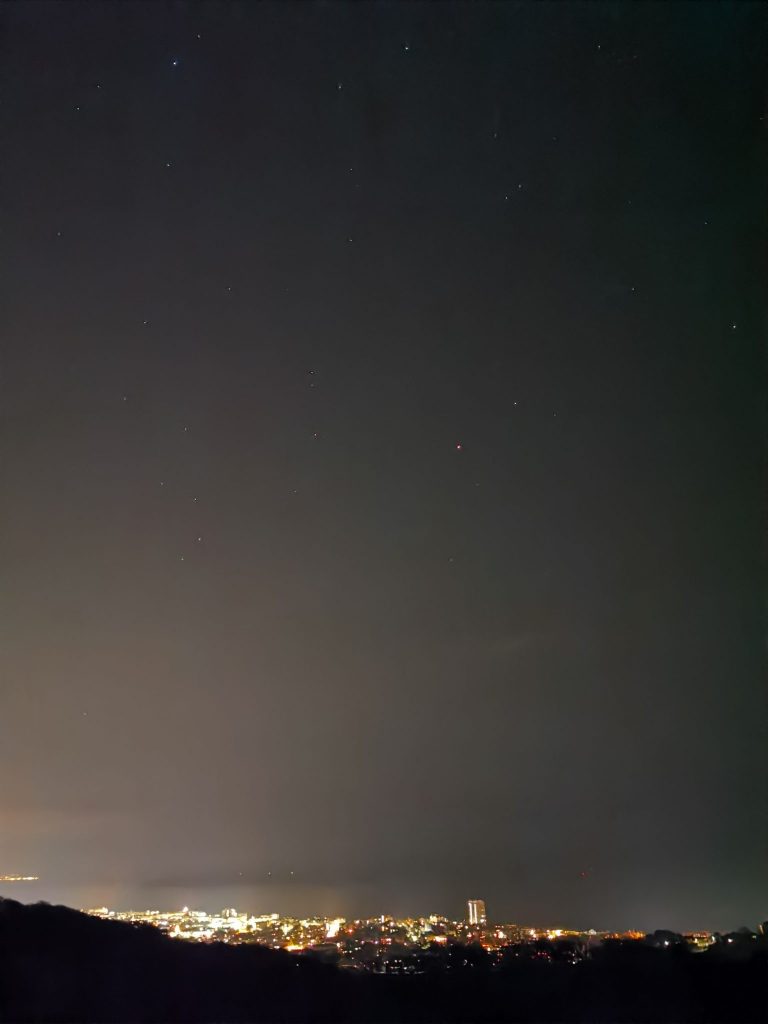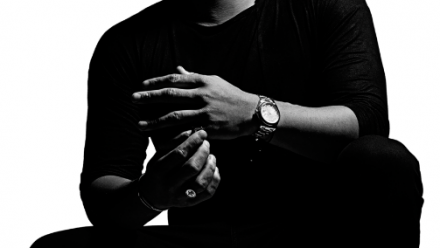Huawei P30 Pro: Hands-On with Huawei’s Flagship Camera phone
The eagerly awaited Huawei P30 series has finally arrived! We were lucky enough to join Huawei in Paris for the global launch of the new series, which includes the Huawei P30 and Huawei P30 Pro in varying specifications, and managed to get back to Brighton to put the flagship device, the Huawei P30 Pro’s imaging capabilities to the test.
Succeeding last year’s leading flagship models, i.e. the P20 Series, the new holder of the Huawei crown, the P30 Series, promises to ‘re-write the rules of photography. Featuring an all-new 40-megapixel sensor, a new periscope zoom and the addition of a ToF [time of flight] camera, the P30 Pro could just live up to its promise.
The P30 Pro takes a step on from the cameras we’ve seen in the P20 Pro historically, all bar the black and white sensor, that is. Instead, favouring a 16mm wide-angle lens and the all-new 40-megapixel Super-Spectrum Sensor. The key imaging developments that Huawei talk about in the P30 Series are to be found in the Huawei P30 Pro. It’s in this premium model where you’ll see the new 5x Periscope Zoom, an all-optical lens system that really peaked our attention and that stood out as a real star during our testing.
Huawei P30 Pro camera specifications
- 1st Leica Quad Camera Setup
- 40 Megapixel Huawei Super-Spectrum Lens – 27mm f1.6 OIS
- 20mp Ultra-Wide – 16mm f2.2
- 8 Megapixel 5x Optical Periscope Zoom 124mm f3.4 OIS
- Huawei Time of Flight [TOF] Lens
- 32 Megapixel f2.2 front-facing Camera with Super-HDR capability
Launching with a brand new sensor, rather than a mere pixel boost, Huawei took us by surprise with the new 40-megapixel Super-Spectrum Sensor. The science behind this new sensor is to switch the green in the traditional RGB sensor, [Red, Green and Blue] in favour of yellow, due to it allowing more light through, [up to 40%].
Specifically, Huawei has developed an RYYB configuration, [Red, Yellow, Yellow, Blue] within their new Super-Spectrum sensor which can improve low light capabilities. This is nothing less than Huawei re-writing and creating their own version of sensor capabilities and colour science. Green is a primary colour and mixing the green elements with red and blue enable the camera’s sensor to pick up and re-create the colours it’s seen in the resulting image.
Using yellow instead makes this a much harder task for both the software engineers and the camera itself, but their efforts seem to have paid off as the ISO levels have shot from 102,000 ISO in the P20 Pro, to over 400,000 in the P30 Pro!
Take a look at our initial image gallery below

5x Periscope Lens 
5x Periscope Lens 
10X Digital Zoom 

10X Digital Zoom 
10X Digital Zoom 
Shot using the Super-Spectrum Lens 
Shot using the Super-Spectrum Lens 
Shot using the Super-Spectrum Lens 
16mm Wide Angle 
27mm Standard Lens 
5x Periscope Lens 
10X Digital Zoom 
5x Periscope Lens 
10X Digital Zoom 
16mm Wide Angle 
50x Hybrid Zoom 
10X Digital Zoom
Taking another big step in terms of imaging innovation, we see the addition of the 4th camera. The ToF camera [Time of Flight] isn’t used as a telephoto or a wide-angle lens, but rather a depth sensor that, when combined with AI and the other available cameras, helps to make the portrait mode look very convincing.
The new ToF camera senses the depth and distance of its subject and helps blend the artificial lens blur, giving a more realistic overall look. During our testing, we found that it is certainly much harder to distinguish the resulting images created with the P30 Pro and a high-end camera, when in portrait mode. We can see a lot of users taking advantage of this feature and believe that it will encourage other mobile brands to step up their imaging game.
Do check out our hands-on overview where we go through the features and functions, to ensure that you get the best from your Huawei P30 Pro’s imaging functions.










